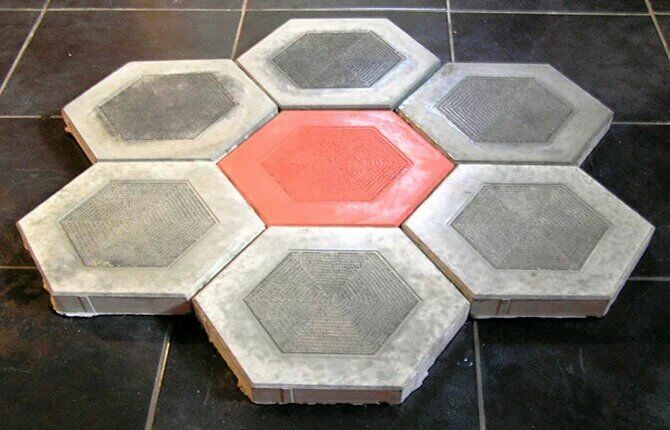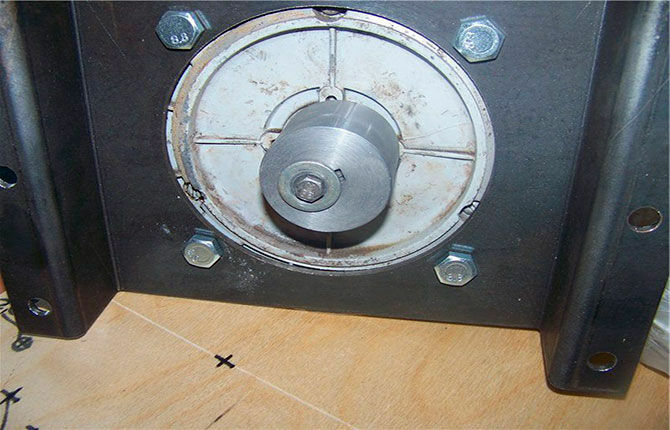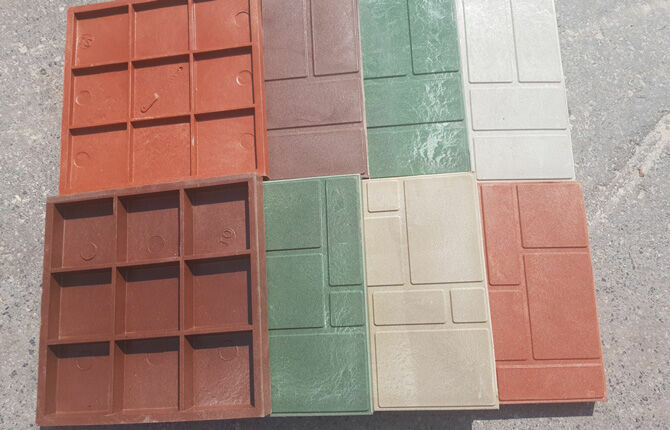A 40 mm polypropylene pipe is used to equip utilities for various purposes - from a water supply system to a heating system, a pipeline in a boiler room. This became possible due to the increased strength of the product, ease of installation, as well as a service life of up to 50 years. With its help, you can lay both a new pipeline and replace the old one (or its sections).
Features and Benefits
If compare with metal-plastic analogue, the polypropylene product has increased strength, which expands the scope of its application. Installation is carried out in a welded way - using non-removable fittings, which ensures the tightness of the joints and the system as a whole. It will not be necessary to additionally use sealants and materials impregnated with sealants.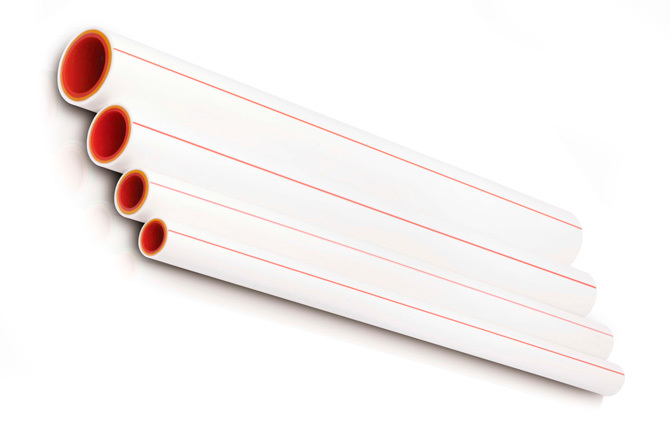
Polypropylene pipes 40 mm are used:
- in heating systems;
- for the installation of boilers;
- in pipelines for hot and cold water supply;
- for arranging a riser in a multi-storey building;
- in water distribution engineering communications;
- for connecting the pipeline and the radiator;
- for connection with metal-plastic pipes.
T. Since the product has increased strength, it can be mounted in 2 ways - open and closed. It is important to consider that if it is planned to lay a heating system or a pipeline for supplying water, then ordinary polymer pipes will not work. It is necessary to choose products marked PP type 3 or PP TYP3.
Polypropylene pipes 40 mm are made of a polymer that does not emit toxic substances into the medium that is fed through them, therefore they are safe for humans. They can be used to equip a water supply system for supplying drinking water to a house.
Advantages:
- ease of installation;
- ease;
- increased strength;
- low price;
- do not harm human health;
- smooth inner surface of the walls eliminates the possibility of deposits accumulation;
- products are not subject to deformation during use.
What does the marking mean?
A 40 mm polypropylene pipe for heating or water supply is marked. By the numbers indicated on the wall, you can determine the type of product, the material from which it is made, important specifications.

Types and a short description in the table.

The marking also indicates the working pressure. The classification is shown in the table.
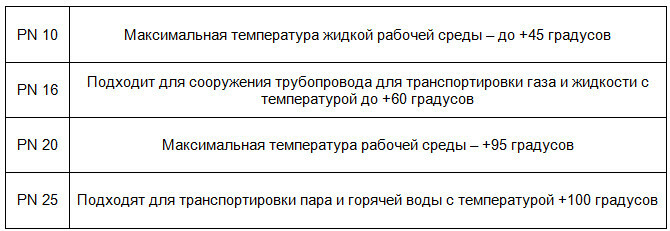
Pipes at the production stage can be supplemented with a reinforcing layer. The reinforcing material is:
- aluminum;
- perforated foil;
- fiberglass;
- fiberglass.
Polypropylene pipe 40 mm reinforced has increased wear resistance and strength. It can be installed in a pipeline for hot water supply or for arranging a heating system.
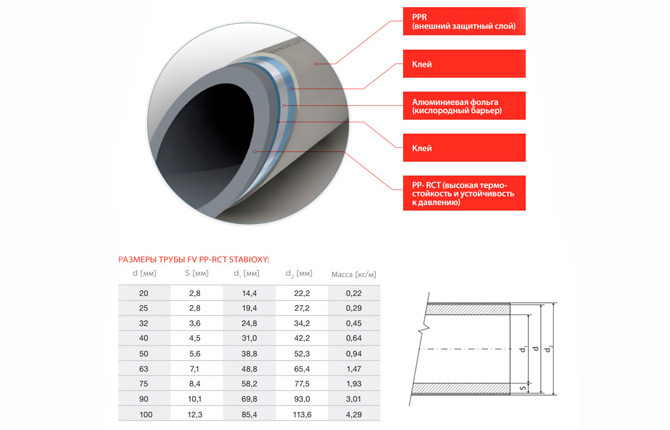
What are the features of the application
Before building a pipeline, you need to decide on the required pipe diameter. The optimum throughput is from 0.4 to 0.6 m / s. If the values are lower, the risk of air congestion increases. If more, the resistance to the fluid flow increases, which affects energy saving.
Manufacturers make polypropylene pipes with different diameters, which allows you to choose the one suitable for the construction of the pipeline. A product with a diameter of 40 mm, brand РN25 (РN30) and a working pressure of 2.5 atm, is suitable for a heating system.
Diameters and wall thicknesses can be seen in the table below.
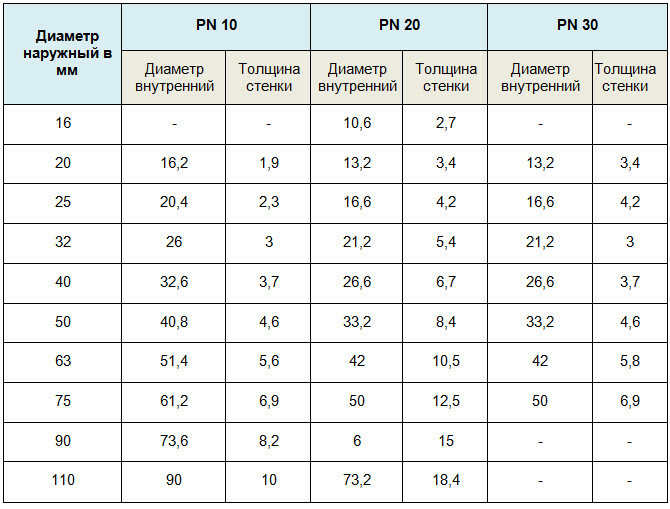
Recommended conformity of connections (the size of the outer diameter of products is indicated in mm):
- 16 - it is planned to install a pair of radiators;
- 20 - installation of a group of radiators;
- 25 - it is supposed to install several radiators of one wing;
- 32 - the need to connect an entire house with up to 12 radiators;
- 40 - house connections with more than 12 radiators.
Soldering polypropylene pipes 40mm is not held at low ambient temperatures. The minimum allowable indicator is +5 degrees. You will also need a construction knife to cut products. For soldering, a special electrical apparatus is used. Also, for installation, you will need fittings for 40 mm polypropylene pipes. They will ensure the tightness of the pipeline.

Polypropylene pipes are a modern alternative to their metal counterparts. They have increased technical and operational characteristics, which allows them to be used for the construction of engineering communications of any type. A person who does not have special knowledge in construction and carrying out household plumbing work will be able to cope with the installation.
Do you prefer polypropylene or metal-plastic pipes? Why? Write in the comments. Bookmark the article and share it on social media.
Secrets of installing polypropylene pipes.
